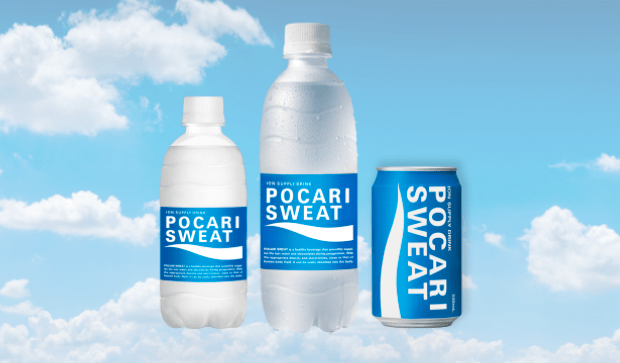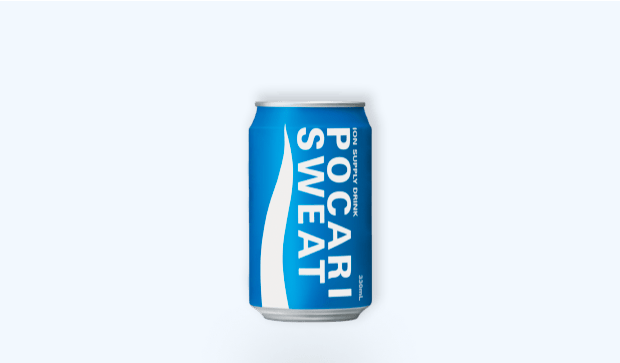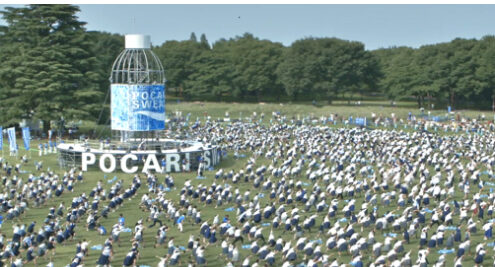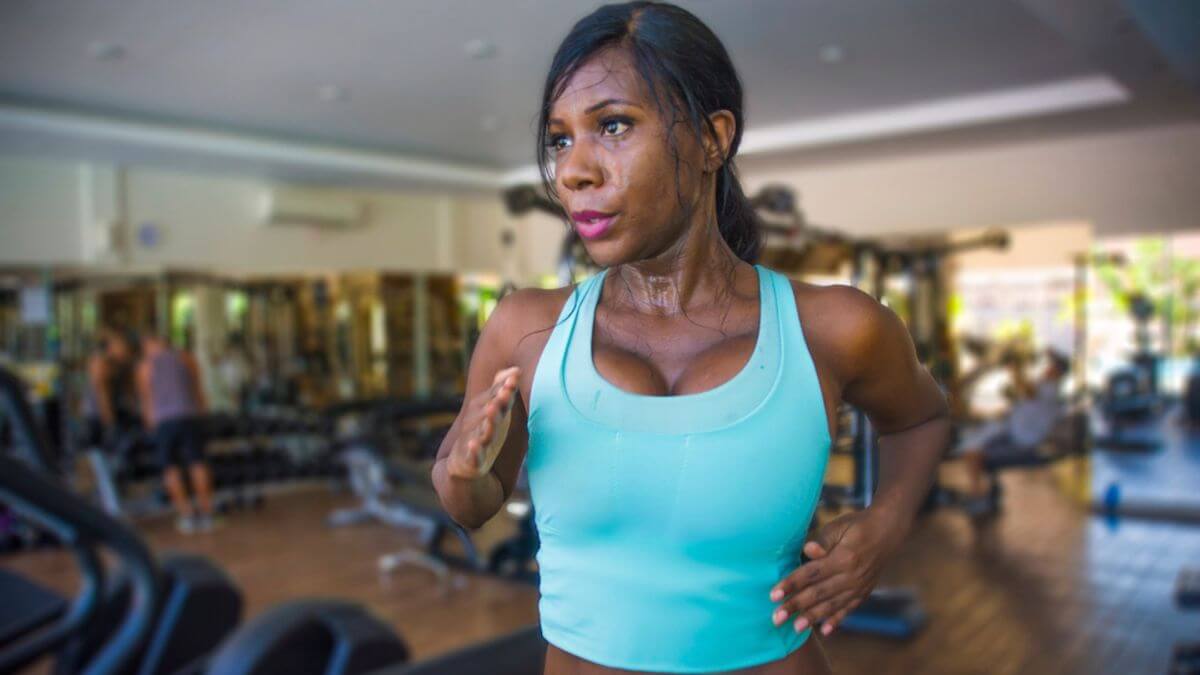Cardiovascular exercises, which essentially increase and sustain your heart rate over a certain period, are crucial for enhancing your overall health and fitness. By engaging the large muscle groups of your body, cardio ensures your heart is given a proper workout, leading to a stronger and more efficient cardiovascular system.
That’s not all – cardio also plays a starring role in weight management. By burning calories and fat, cardio is your trustworthy companion in your weight loss or weight maintenance journey.
But that’s just the tip of the iceberg. Regular cardiovascular exercise can ramp up your stamina, making everyday tasks feel less tiring. From climbing stairs to chasing after your kids or pets, with improved endurance, you’ll find yourself breezing through activities that once left you breathless.
In this article, we’ll be taking a closer look at various cardiovascular exercises, from the simple pleasures of brisk walking and running to the rhythmic joy of aerobics and the full-body challenge of swimming. Each type of cardio exercise has its unique perks, and we can’t wait to help you explore them!
What are Cardiovascular Exercises?
Cardiovascular exercises are fundamental to any fitness routine, but what exactly do they entail? Simply put, this is one of the types of exercise that involves large muscle groups in your body and aim to increase and maintain your heart rate for an extended period. This could be anything from a brisk walk around your neighborhood to an intense high-intensity interval training (HIIT) session.
The magic of cardiovascular exercises lies in their ability to improve cardiovascular endurance. Picture this: your heart is the main engine fueling your body, pumping oxygenated blood to your muscles. You’re essentially training this engine to become more efficient when you engage in regular cardio exercises. Over time, your heart will be able to deliver more oxygen to your body with each beat, and your muscles will get better at using this oxygen. The result? Enhanced endurance and a significant boost in your overall stamina.
So, how often should you be performing cardio exercises? The answer depends on your current fitness level and goals. If you’re a beginner or are aiming to maintain general health, the American Heart Association recommends at least 150 minutes of moderate-intensity cardio (like walking or cycling at a steady pace) or 75 minutes of vigorous cardio (like running or high-intensity interval training) per week. This could be broken down into 30-minute sessions, five days a week, or shorter bouts of activity throughout the day.
If you’re looking to lose weight or improve cardiovascular fitness, you may need to increase the duration or intensity of your workouts. Remember, though; it’s crucial to listen to your body and gradually build up your routine to avoid injury and ensure your workout is sustainable.
Dive deeper by learning the factors that influence your physical fitness and health goals.
Running and Jogging
There’s something inherently empowering about running and jogging. These popular forms of cardio don’t just get your heart pumping, but they also connect you with nature, help clear your mind, and can even feel like a mini-adventure.
From a health perspective, running and jogging are excellent for cardiovascular health. They stimulate your heart and lungs, improving your cardiovascular system’s efficiency and endurance. This essentially means that your body gets better at utilizing oxygen, leading to increased stamina and better performance in all areas of life. And let’s not forget about weight management. Running and jogging are top-tier calorie burners, aiding in both weight loss and maintenance.
Worry not if you’re a beginner wondering how to step into the world of running or jogging. Starting is easier than you think! Here are some tips to help you kick off:
- Start Slow: You don’t have to sprint from day one. Begin with a comfortable pace, even if it’s more of a brisk walk than a jog.
- Combine Walking and Running: Try alternating between walking and jogging during your workout. This mix allows you to gradually build your endurance without exhausting yourself.
- Consistency is Key: Aim for regular, short sessions initially rather than sporadic, long ones. It could be as simple as 20 minutes, three times a week.
- Invest in Good Footwear: Running shoes with proper support are essential to prevent injuries and make your run more comfortable.
Now let’s touch upon the proper running form and breathing techniques. When running, maintain an upright posture with a slight forward lean, and let your arms swing naturally. Avoid landing on your heels; instead, aim for a mid-foot landing. As for breathing, synchronizing it with your steps can help. Try inhaling for two to four steps and exhaling for the same.
To increase the intensity of your running or jogging routine, you can gradually lengthen your running intervals, increase your speed, or try running on hilly terrains. Remember, the keyword here is ‘gradually.’ Listen to your body and increase the intensity at a pace that feels challenging but manageable for you.
Cycling
Cycling could be the perfect fit if you’re looking for a fun, low-impact form of cardiovascular exercise. Whether on the open road or on a stationary bike, this versatile activity offers numerous benefits, from boosting cardiovascular fitness to improving strength and flexibility.
One of the great advantages of cycling is that it’s easy on the joints, making it a suitable option for those with joint issues or injuries. At the same time, it effectively engages your large muscles, particularly those in the lower body, helping to build strength and tone.
There are various types of cycling you can choose from. Road biking is perfect for those who enjoy exploring the outdoors while working well. Mountain biking, with its rough terrain and steep slopes, offers an adrenaline-pumping ride that also challenges your strength and balance. For those who prefer to work out indoors, stationary cycling can provide an intense cardio workout without leaving the comfort of your home or gym.
Getting started with cycling involves choosing the right bike. Your choice depends on the type of cycling you plan to do, your body dimensions, and your comfort level. A local bike shop can help guide you in selecting the right fit.
While cycling, it’s essential to maintain a proper posture to avoid strain or injury. Your back should be relatively flat, with a slight bend in the elbows to absorb shock. Adjust your bike seat so that your knee is slightly bent when your foot is at the bottom of the pedal stroke. Always prioritize safety. Wear a helmet, adhere to local traffic rules, and ensure your bike has reflectors or lights if you’re riding in low-light conditions.
Swimming
Swimming is another fantastic cardiovascular workout that’s kind to your joints while engaging your entire body. The water resistance challenges your muscles, helping to build strength and endurance, while the buoyancy provides a sense of weightlessness, reducing the impact on the joints.
Each swimming stroke offers unique benefits. The freestyle or front crawl is great for speed and works the shoulders and back. The breaststroke, though slower, provides a fantastic workout for the chest, shoulders, and thighs. The backstroke strengthens the back and shoulders while improving posture, and the butterfly stroke is a challenging full-body workout that greatly enhances upper-body strength.
If you’re new to swimming, start slow. Try shorter sessions of swimming mixed with rest, gradually building up the time you spend swimming. Work on your technique; a proper stroke can help prevent injuries and make your swim more efficient. Pay attention to your breathing, too. Exhaling underwater instead of holding your breath can help improve your breathing rhythm and make swimming more comfortable.
Whether you’re cycling or swimming, remember that the goal is to create a sustainable exercise routine that you enjoy.
Aerobics
Aerobics could be your perfect fitness partner if you enjoy moving to the beat and letting your energy out. Not only do aerobic exercises offer a fun and exciting way to improve cardiovascular health, but they’re also effective in burning calories, which can aid in weight loss.
There are various forms of aerobic workouts that you can engage in. Dance aerobics, which includes styles like Zumba and Jazzercise, combines rhythmic dance movements with music to give you a full-body workout. Step aerobics uses an elevated platform, adding an extra challenge to your movements and engaging your leg muscles effectively. Kickboxing aerobics combines martial arts techniques with fast-paced cardio, helping to improve strength, flexibility, and coordination.
To start with aerobics, find a routine or class that resonates with your fitness level and interests. There are plenty of classes available in gyms and online resources that can guide you right at home. Remember, it’s all about enjoying the process, so feel the rhythm, let loose, and most importantly, have fun! To stay motivated, try varying your workouts, setting achievable goals, or finding a workout buddy to share the journey with you.
Jumping Rope
Who knew that a simple activity from our childhood could turn out to be a powerhouse of fitness? Jumping rope is an incredibly effective cardiovascular exercise that improves your heart’s health and enhances coordination, agility, and timing.
There are numerous jumping rope techniques to choose from. The basic jump involves jumping with both feet simultaneously. The alternate foot jump, where you lift your feet off the ground as if running in place, adds more intensity. Double unders, where the rope passes under your feet twice in one jump, is a high-intensity technique that can truly test your endurance and agility.
When it comes to choosing a jump rope, look for one that reaches your armpits when you stand in the middle of it. Before you begin, remember to do a warm-up to prepare your body for the activity. Start slow with the basic jump, and you can progress to more challenging techniques as you gain confidence.
Just like with any other cardiovascular exercise, consistency is key. Even just a few minutes of jumping rope every day can bring noticeable improvements in your cardiovascular endurance, coordination, and overall fitness level.
Dancing
If there’s one form of exercise that seamlessly fuses fun with fitness, it’s dancing. Whether you’re twirling in a ballroom or shaking it off in a Zumba class, dancing offers a fantastic cardiovascular workout that gets your heart pumping and your body moving.
Different dance styles offer varied intensities and benefits. Zumba, for instance, combines Latin dance moves with aerobic elements to create an energetic, party-like atmosphere. With its fast pace and quick footwork, Salsa provides an excellent cardio workout while improving coordination. With its dynamic moves, hip-hop dance increases your heart rate and improves your strength and flexibility.
Consider joining dance classes at your local community center or gym to get started with dance-based workouts. Plenty of online tutorials and dance workout videos are available if you prefer the comfort of your home. The most important tip when it comes to dancing is to let go and enjoy the music. Remember, there are no wrong moves when you’re dancing for fitness—the goal is to keep moving and have a blast!
Circuit Training
Circuit training is a highly efficient workout strategy that combines cardiovascular exercises with strength training, making it an excellent choice for enhancing cardiovascular fitness and building muscle strength simultaneously.
The concept of circuit training involves performing a series of exercises, or ‘stations,’ back-to-back with minimal rest in between. Each station targets different muscle groups, ensuring a balanced full-body workout. The quick pace of circuit training keeps your heart rate elevated throughout, giving you a great cardio workout.
To design a circuit training workout, choose exercises targeting various muscle groups. For example, you could include push-ups (chest and arms), squats (legs and glutes), jumping jacks (cardiovascular), planks (core), and lunges (legs and glutes). Aim to spend about 30 seconds to a minute on each exercise, with a brief 15-30 second rest in between.
A well-designed circuit burns calories and helps improve muscle tone and endurance. You can adjust the intensity of your workout by varying the duration of each exercise or the rest periods in between.
HIIT (High-Intensity Interval Training)
HIIT workouts are all about intensity and intervals. They involve short bursts of highly intense exercises followed by shorter rest periods. This unique structure pushes your body to its limit during work intervals, leading to improved cardiovascular fitness, endurance, and metabolic function. One of the standout benefits of HIIT is its ability to burn a high amount of calories in a short period. Plus, the ‘afterburn’ effect means you continue burning calories even after the workout.
A typical HIIT workout alternates between high-intensity and low-intensity intervals. For example, you might sprint all-out for 30 seconds (high-intensity interval) and then walk or jog slowly for a minute (low-intensity interval). This sequence would be repeated several times to make up a workout.
Here are a few sample HIIT exercises you can incorporate into your workout:
- Beginners: Start with a simple routine, like 30 seconds of high knees and a minute of slow walking. As you build your endurance, gradually shorten the rest interval and lengthen the high-intensity interval.
- Advanced: Try a routine like burpees or kettlebell swings for 40 seconds, followed by 20 seconds of rest. Repeat the sequence for 15-20 minutes.
Remember, the key principle of HIIT is intensity. During the high-intensity intervals, you should push yourself as hard as possible. And equally important, make sure to allow yourself adequate rest during the low-intensity periods to recover and prepare for the next high-intensity interval.
Safety is also crucial when doing HIIT. Always warm up before starting the workout, use proper form in your exercises, and don’t push yourself beyond your limits to the point of injury. HIIT is powerful but should be balanced with other forms of exercise and ample recovery time to prevent overuse injuries.
The Importance of Hydration During Cardio
Staying hydrated during cardiovascular exercises is absolutely crucial, and here’s why. During any form of cardio workout, your body’s temperature rises, losing water and essential ions through sweat to cool itself down. If not compensated, this loss can lead to dehydration, severely impact your exercise performance, cause fatigue, and even pose serious health risks.
Hydration is not merely about quenching your thirst—it’s about maintaining the balance of fluids in your body, ensuring your muscles function well, and keeping your body cool. Adequate hydration helps improve performance, prevents cramping, and aids in quicker recovery.
But water isn’t the only thing your body loses during a workout. Sweat also contains electrolytes—ions such as sodium, potassium, and chloride—which play vital roles in your body, from maintaining your body’s pH balance to supporting nerve function. When you sweat, you lose these precious electrolytes, and it’s important to replenish them.
That’s where drinks like Pocari Sweat come into play. Pocari Sweat is a non-carbonated drink designed to help you rehydrate effectively during and after exercise. Not only does it help replace fluids lost through sweating, but it also replenishes the ions that your body needs for optimal function. The drink comes in a range of sizes, including bottles, cans, and even sachets, making it a convenient choice whether you’re exercising at home, in the gym, or on the go.
Conclusion
There’s no denying that cardiovascular exercises play a pivotal role in maintaining our overall health and fitness. These workouts do far more than improve our heart health; they contribute to weight management, increase stamina, enhance mood, and even boost our immune system.
With a myriad of cardiovascular exercises to choose from—running, jogging, cycling, swimming, aerobics, jumping rope, dancing, circuit training, and HIIT—you’re bound to find one or more that fit seamlessly into your lifestyle and preferences.
But remember, variety is the spice of fitness life. Switching up your exercises not only keeps boredom at bay but also ensures a well-rounded fitness regimen that engages different muscle groups and keeps challenging your body in novel ways.
One key aspect of successful workouts that’s often overlooked is hydration. Staying adequately hydrated is crucial during these activities, as it helps maintain your body’s balance and optimizes performance. A drink like Pocari Sweat can be an excellent choice, as it not only quenches your thirst but also replenishes the vital ions lost during sweating, assisting in speedy recovery.




















